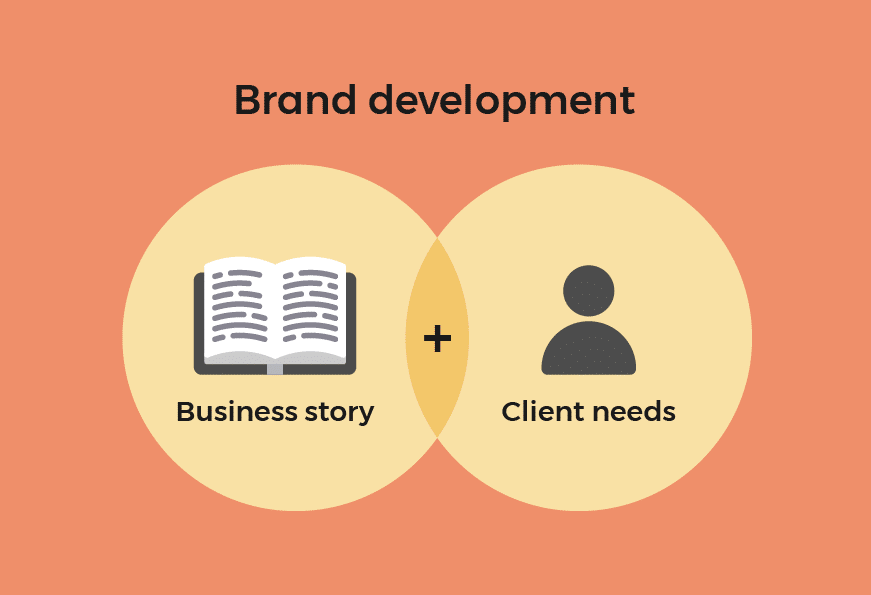BRANDING | POSTED ON 10.12.2018
Creating a Case for Changing Your Company’s Branding
We have clients who approach us with an established brand and a strong presence in their industry, but they recognise that they need to review their brand and make changes.
However, sometimes there is reluctance within the company to change, particularly drastic change and usually from the upper management of the company. The reservations are usually due to fears that their traditional customers won’t like the change. The person in the company who usually approaches us understands the importance of branding and they realise that to stay competitive, they can’t stay as they are. They often need help on how to move forward with a branding strategy so everyone buys into the idea and understands its benefits for their company and their audience.
Past success doesn’t mean future success
Often businesses have experienced considerable success over the past ten to twenty years and have seen steady growth. They have built an authenticity backed by a history of business that’s very comforting for clients. They perceive the company as a business they can rely on and this quality of delivering over a period of time is very attractive to clients. But today there is so much choice and brands must continue to make a case for themselves as to why they’re still relevant to their market.

Losing sight of your market
The danger with heritage brands is that management can lose sight of the shifts in the market. Changes in consumer needs can change little by little over time and when a business finally realises they need to look at their brand, they can find the gap between them and their audience has widened.
It’s usually triggered by an event such as losing a large contract or client, a loss in the company’s market share or a new savvy competitor gaining traction and taking some of their market. These shifts can prompt management to start asking questions about who they are, what do they do, why have things changed, who is to blame and what’s causing their business results to decline.
Often heritage businesses get caught up in the day to day running of the business and lose sight of how the market is moving and changing. They often have the view that they have a successful model and they just need to refine the model internally and that will be enough. This kind of thinking and strategy can become a barrier to change and even the idea of evaluating and looking to change things can be a threat in itself.

The branding strategy to move forward
The key to moving forward is to understand what the business needs to change and take the guesswork out. It’s about leveraging the great brand qualities the business has built over the years and understand what got them to where they are today. What are the values and characteristics that clients believe in and trust? It’s about keeping what’s working and changing what isn’t working for clients. Sometimes it’s about altering the conversation and bringing to life your unique story. If you are a family business, you can talk about your history and beginnings, as well as the knowledge and skills that have been handed down over generations.
Refocus on your brand story
The biggest challenge for established businesses is to really understand the essence of their brand. Over the years they’ve often been so focused on their procedures and delivery that they have difficulty expressing what makes them special.
We often find that companies don’t understand the true value they provide. They can take for granted the things they do in the business. ‘I didn’t think that I needed to tell our clients that’ is a common response from companies. We often highlight things that they do behind the scenes which their client is unaware of but actually adds enormous value. Often companies have all the ingredients to tell a great story but the narrative is buried. It’s about evolving their story to appeal to the current market and communicating it well.

Meet the needs of your clients
Remember your clients have also been evolving over the time you’ve been in business; they may have new management, fresh ideas or a new focus. If you lose sight of what’s happening in their organisation then you start to lose the connection you once had. What are the client’s priorities now? Are you fulfilling their needs? Are you still relevant to them?
If you’re not constantly analysing your market and keeping your relationship with your clients strong, your brand faces an existential crisis. Brands that have not moved with their audience and looked to the future will fail. As the market gets increasingly crowded with agile competitors that eat up their market share, whatever is left of their audience will desert them.
____
If your business needs help with changing your brand to meet your customers’ current and future needs, talk to us and let’s evaluate your company’s branding.











Leave a Reply
Your email address will not be published